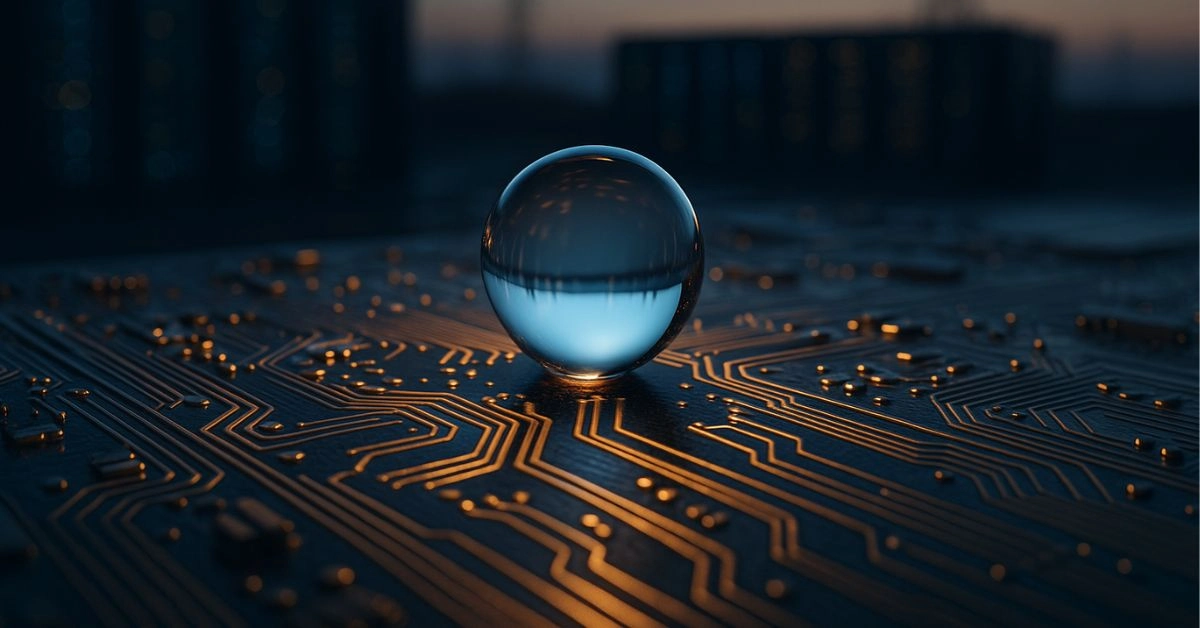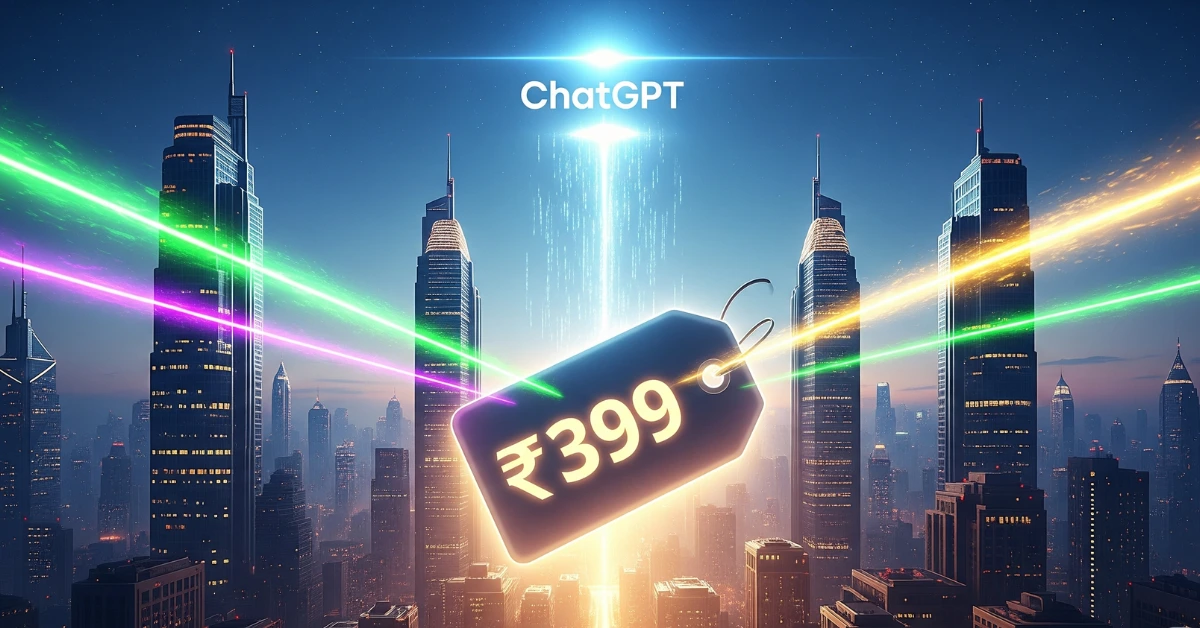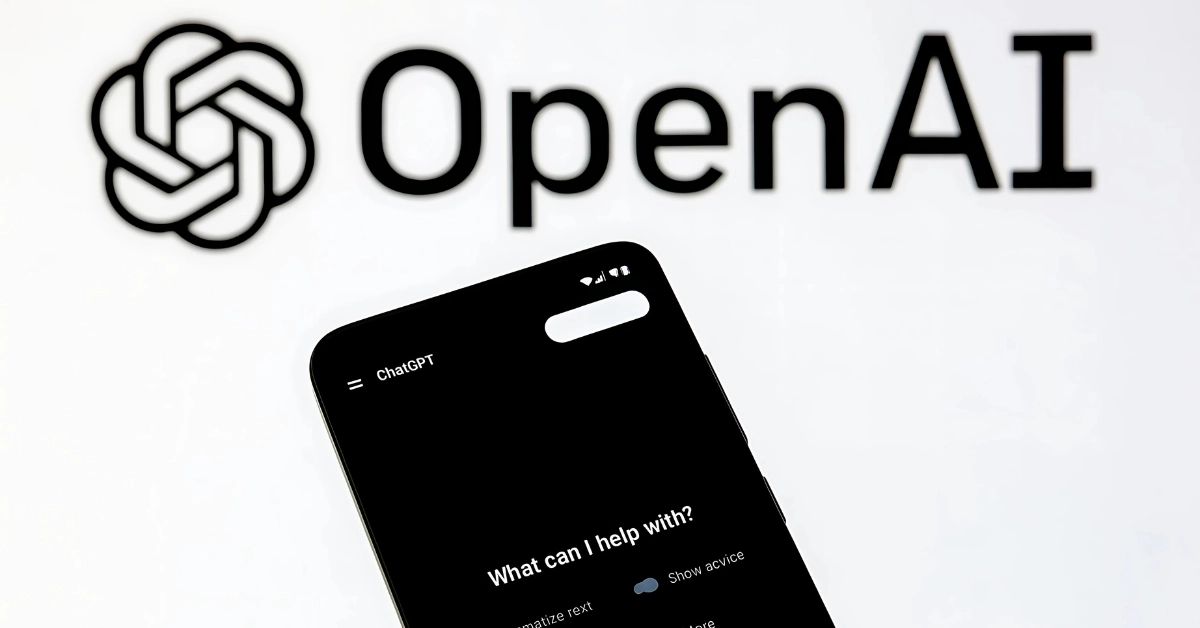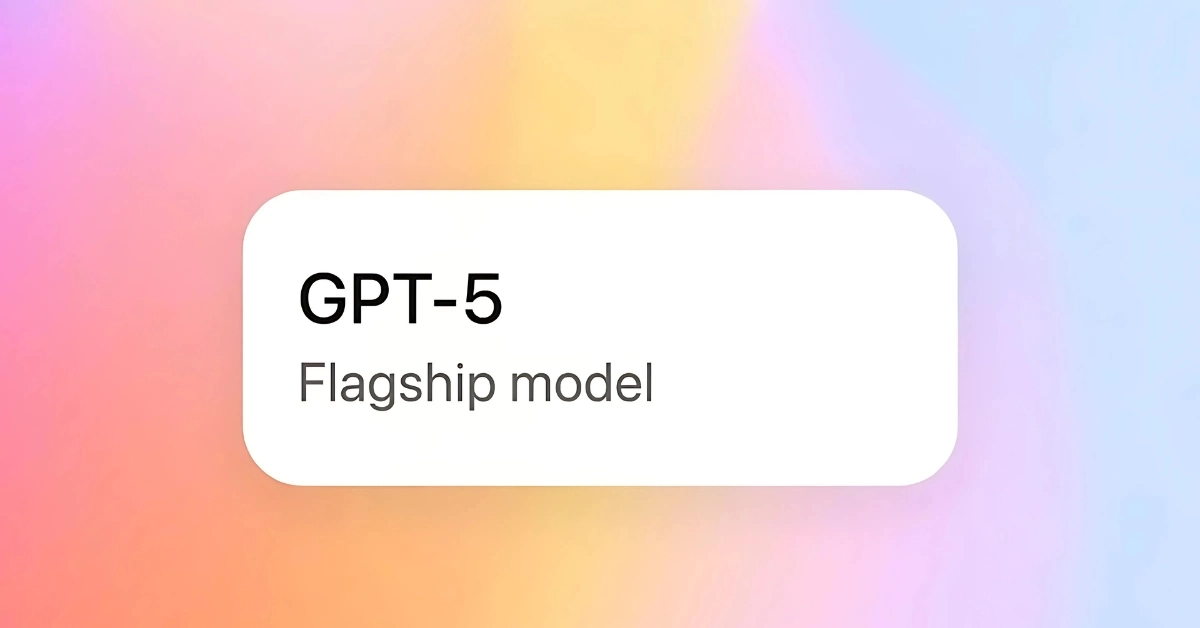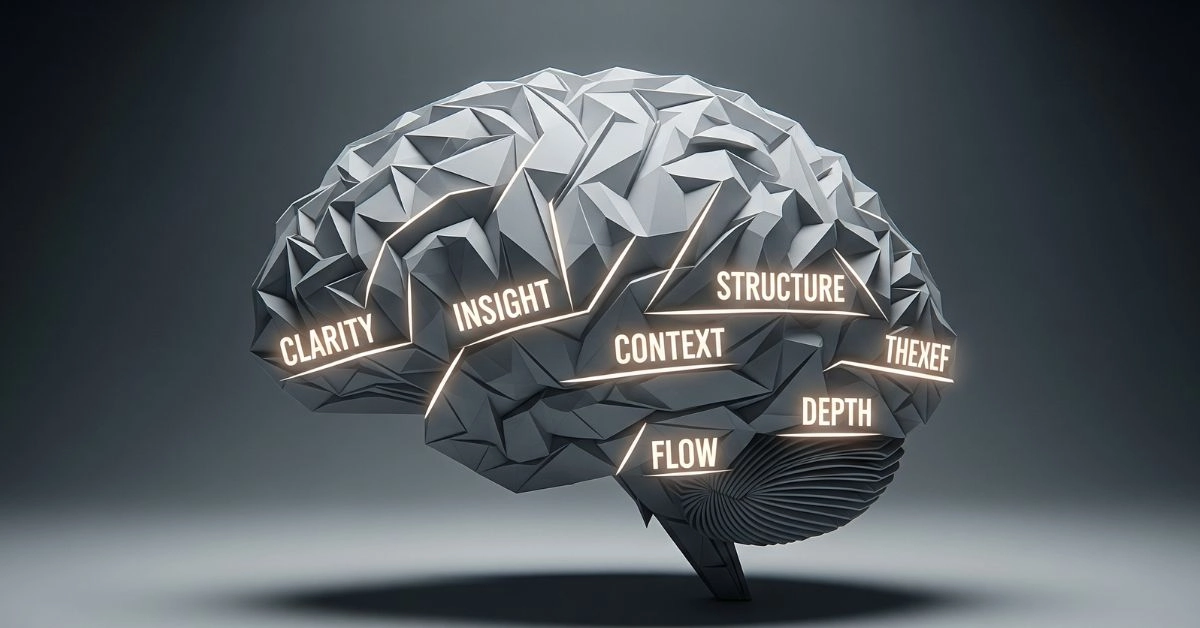Written by Mohit Singhania | Updated on: July 14, 2025
What’s Really Going On Behind Microsoft’s Job Cuts?
If you thought AI was just a helpful tool sitting quietly in the background, Microsoft just gave the world a brutal wake-up call. In 2025, over 15,000 jobs were cut. And while the company didn’t blame artificial intelligence directly, every sign points to it. From leaked emails to Copilot mandates, Microsoft isn’t just using AI. It’s rebuilding itself around it.
This year alone, Microsoft has laid off more than 15,000 employees, making it the company’s biggest reduction in over a decade. The most recent round alone wiped out nearly 9,000 roles, hitting Xbox teams, global sales units, and long-time support staff. Earlier, over 6,000 jobs were cut in May, followed by several hundred more in June. These weren’t small restructuring moves. They were a hard reset.
From the outside, it might look like Microsoft is just reacting to a slow economy or trimming excess. But inside, the message is sharper. Adapt to AI or step aside. These layoffs weren’t just about who is no longer needed. They were about who fits into the company’s future.
Copilot Isn’t Just a Tool—It’s the New Boss
Inside Microsoft, there’s no confusion about where things are heading. This isn’t some gradual transition into the AI era. It’s a full-speed pivot. The company has declared itself AI-first and expects every single employee to keep up.
Top-level emails don’t leave much to interpretation. Julia Liuson, President of Microsoft’s Developer Division, put it plainly. “Using AI is no longer optional. It’s core to every role and every level.” That quote isn’t just another soundbite floating through internal memos as reported by Forbes. It’s policy now.
Employees are expected to use Microsoft Copilot and other internal AI tools in their daily work. Not as a bonus, not when convenient, but as a default. This is the new normal. And if you’re not keeping up, it shows.
Performance Reviews With an AI Scorecard?
Let’s be blunt. If you’re not using Copilot at Microsoft, you’re already behind. Managers aren’t just encouraging AI use anymore. They’re tracking it.
Teams across the company are testing a new kind of performance review, where your AI usage becomes part of your evaluation. It’s no longer about just completing tasks or meeting deadlines. It’s about how well you use AI to get there.
Copilot isn’t just a productivity tool. It’s becoming the benchmark. That benchmark could soon decide whether you move up or move out.
This change isn’t limited to developers or engineers. It’s spreading through marketing, HR, customer support, and operations. No matter your department, your ability to work with AI is now tied directly to your performance. For many, that’s a huge shift—and a heavy pressure.
Sales Teams Out, AI Engineers In
If you want to see how real the change is, look at Microsoft’s sales division. Thousands of traditional sales roles are gone. Not because Microsoft is giving up on selling, but because it wants a very different kind of salesperson.
Instead of cold calls and polished decks, Microsoft wants technical solution engineers who can open a laptop, fire up Copilot, and demonstrate the tool in real time. If you can’t do that, you’re not what they need anymore.
It’s not that humans are being cut out of the process. It’s that the kind of human they’re looking for has changed. Fluency in AI tools has gone from nice-to-have to must-have. The old sales model just didn’t survive the transition.
This wasn’t a small reorg. It was a talent reset.
Microsoft’s Billion-Dollar AI Bet Isn’t Just a Buzzword. It’s the Blueprint
This level of change didn’t happen by accident. According to internal sources, Microsoft is planning to spend up to $80 billion on AI infrastructure this fiscal year. The investment includes GPU clusters, global data centers, and full-scale engineering efforts around Copilot and Azure AI. While the company hasn’t confirmed the figure publicly, the pace and scale of spending are clearly visible.
And the returns are already coming in. Microsoft’s AI-powered call centers saved the company over $500 million last year, while also improving customer satisfaction. CEO Satya Nadella has revealed that AI now writes between 20 to 30 percent of Microsoft’s code.
This is not a roadmap or a future vision. This is Microsoft in 2025, already operating like an AI-first company.
What Microsoft’s Move Means for the Rest of Us
You don’t have to work at Microsoft to feel the shift. These layoffs—and the restructuring that followed—are a warning to the entire tech industry. AI skills are no longer optional. If you’re not integrating AI into your work, you’re going to be seen as behind.
This isn’t just about software engineers or data scientists. It’s about marketers, sales reps, recruiters, and designers. Everyone. Hiring managers are now looking for real-world AI fluency. Not just “familiarity,” but actual usage.
If you’re not already using Copilot, Bard, or ChatGPT in your daily workflow, you’re behind the curve. And recruiters can see it.
Final Thoughts: AI Didn’t Take Over—It Took Control
Let’s not sugarcoat it. AI didn’t just help Microsoft move faster. It helped decide who got to stay. These 15,000 layoffs weren’t only about performance or headcount. They were about survival in a company being rebuilt around artificial intelligence.
Microsoft didn’t fire people and install bots at their desks. It redefined what value looks like—and made AI fluency part of the equation. If you can’t keep pace with that change, your role starts to look outdated. Not in five years. Today.
And that’s the part many workers still haven’t fully grasped. AI isn’t coming for jobs someday. It’s already being used to judge your worth.




